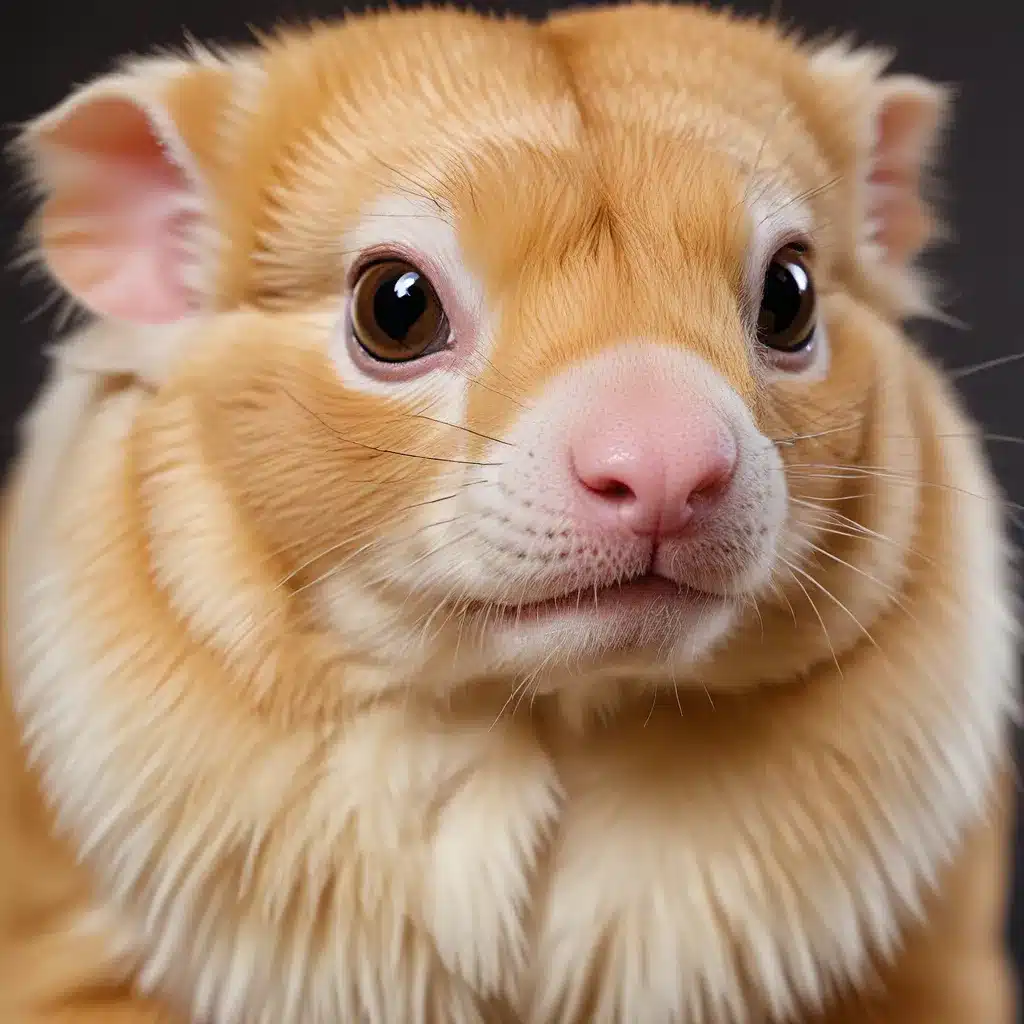
As an avid exotic pet enthusiast, I’ve come to appreciate the fascinating world of unique creatures like monitor lizards, hedgehogs, and so much more. But with the joy of owning these captivating animals comes the responsibility of keeping them healthy and happy. That’s why I’m diving deep into the common ailments that can afflict our exotic companions, and sharing essential tips to help you spot the signs and prevent these issues before they escalate.
Monitoring Vital Signs: The Key to a Healthy Habitat
When it comes to exotic pets, establishing a solid baseline of what’s ‘normal’ is crucial. After all, how can we recognize when something’s amiss if we don’t know what ‘normal’ looks like? For monitor lizards in particular, a healthy appearance includes alert, active behavior, a clear and vibrant skin tone, and smooth body movements. And believe it or not, even their bathroom habits can provide valuable clues about their wellbeing.
As the experts at Shiloh Veterinary Hospital emphasize, keeping a close eye on your monitor’s daily routines and patterns can help you quickly identify any changes that could signal an underlying issue. So get in the habit of documenting their behaviors, appetite, and bowel movements in a notebook near their enclosure. That way, you’ll have a handy reference point to spot deviations from the norm.
The Perils of Improper Nutrition
One of the trickiest aspects of exotic pet care is ensuring their dietary needs are met with pinpoint precision. After all, these creatures have highly specialized nutritional requirements that can be tricky to balance. And as I’ve learned, going overboard on certain supplements like calcium and vitamin D can actually lead to disastrous health consequences.
Shiloh Veterinary Hospital warns that conditions like hypercalcemia, where there’s an excess of calcium in the blood, can be downright deadly for monitor lizards. On the flip side, a lack of these vital nutrients can trigger equally concerning issues like metabolic bone disease, characterized by weight loss, sluggishness, and swelling.
The moral of the story? Moderation is key when it comes to supplementing your monitor’s diet. A pinch of calcium and vitamin D a few times a week, combined with a varied menu of appropriate prey items, is generally the sweet spot to aim for. And of course, consult your exotic vet to nail down the perfect nutritional plan for your particular lizard.
Maintaining a Pristine Habitat
As any seasoned exotic pet owner knows, cleanliness is next to godliness when it comes to keeping our unique companions thriving. And that’s especially true for monitor lizards, who can fall victim to a host of health issues stemming from poor sanitation.
According to the experts, a dirty habitat can lead to respiratory infections, parasitic infestations, and even deadly bacterial infections. So make sure you’re diligently cleaning your monitor’s enclosure on a regular basis, using the appropriate disinfectants and replacing substrate as needed. And be on the lookout for early warning signs like loss of appetite, swelling, or visible abscesses – these could indicate a larger underlying problem brewing.
Conquering Respiratory Woes
Speaking of respiratory infections, these can be a real thorn in the side for exotic pet owners. And in the case of monitor lizards, these issues are often linked to environmental factors like fluctuating temperatures and humidity levels within their habitat.
But the plot thickens – parasites can also play a role in respiratory distress for these fascinating creatures. That’s why it’s crucial to keep a close eye out for changes in your monitor’s breathing patterns, like labored respiration or even sneezing. Don’t wait to see if the symptoms clear up on their own – get in touch with your exotic vet right away to nip the problem in the bud.
Staying Vigilant Against Parasitic Invaders
Ah, parasites – the uninvited guests that can wreak havoc on our exotic pets. And when it comes to monitor lizards, these unwelcome critters can manifest in a variety of unpleasant ways. From respiratory distress to digestive disruptions, parasitic infestations are no laughing matter.
But fear not, fellow exotic enthusiasts! By maintaining a squeaky-clean habitat and staying vigilant for any changes in your monitor’s behavior or appearance, you can stay one step ahead of these pesky parasites. And if you do suspect an issue, don’t hesitate to reach out to your vet for prompt diagnosis and treatment.
Conclusion: A Proactive Approach to Exotic Pet Health
At the end of the day, caring for an exotic pet like a monitor lizard is a labor of love. But with the right knowledge and a proactive approach, we can ensure our fascinating friends stay happy, healthy, and thriving. By establishing a solid baseline, fine-tuning their nutrition, keeping their habitat pristine, and staying alert for any red flags, we can tackle common ailments head-on and give our exotic companions the best possible chance at a long, fulfilling life.
So let’s roll up our sleeves, dive into the details, and become the ultimate exotic pet health gurus. After all, our furry, scaly, or feathered friends deserve nothing less. Who’s with me?

